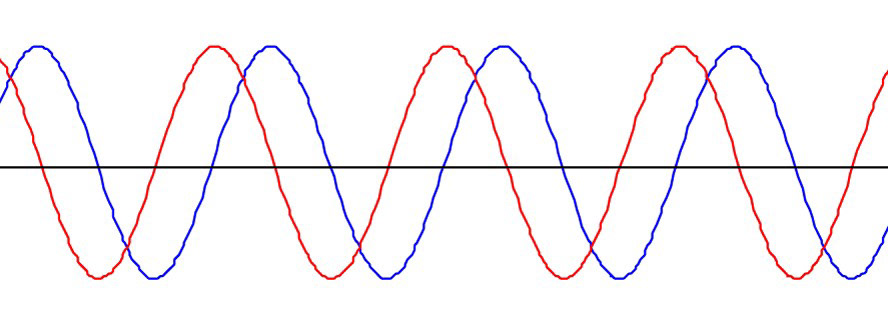For De-Arborescence, I worked with the arborist team at the Morton Arboretum in Lisle, IL to remove and shape three dead tree stumps, which were generously donated to me. I then outfitted each stump with a speaker whose signal derived from a contact microphone placed on the opposite side, thus causing each root to produce a unique, sustained resonance according to its complex structure. As visitors moved through the space, their footsteps were detected by the amplified rhizomes causing subtle shifts in the sound produced.
Unlike living trees, which have a complex sonic life of biological activities, these dead, uprooted tree stumps no longer generate their own inherent biological happenings, and are instead presented here as disembodied prosthetic sculptures in a gallery space, only capable of drifting into feedback and amplifying sounds of the built environment in which they are placed. The lifeless stumps stand as an ecological consequence, hollowed of the inner acoustic sound of life, limited to the empty sounds of the space. What viewers become aware of is the absence of the trees’ own sonic vitality. In the absence of their own vitality, the stumps can only give us back the transliterated, hollow echoes of our own movements, thoughts, and presence, thus intensifying an awareness of the biospheric consequences of the anthropocene and our seemingly human desire to want to ignore the sound-signs of nature.
